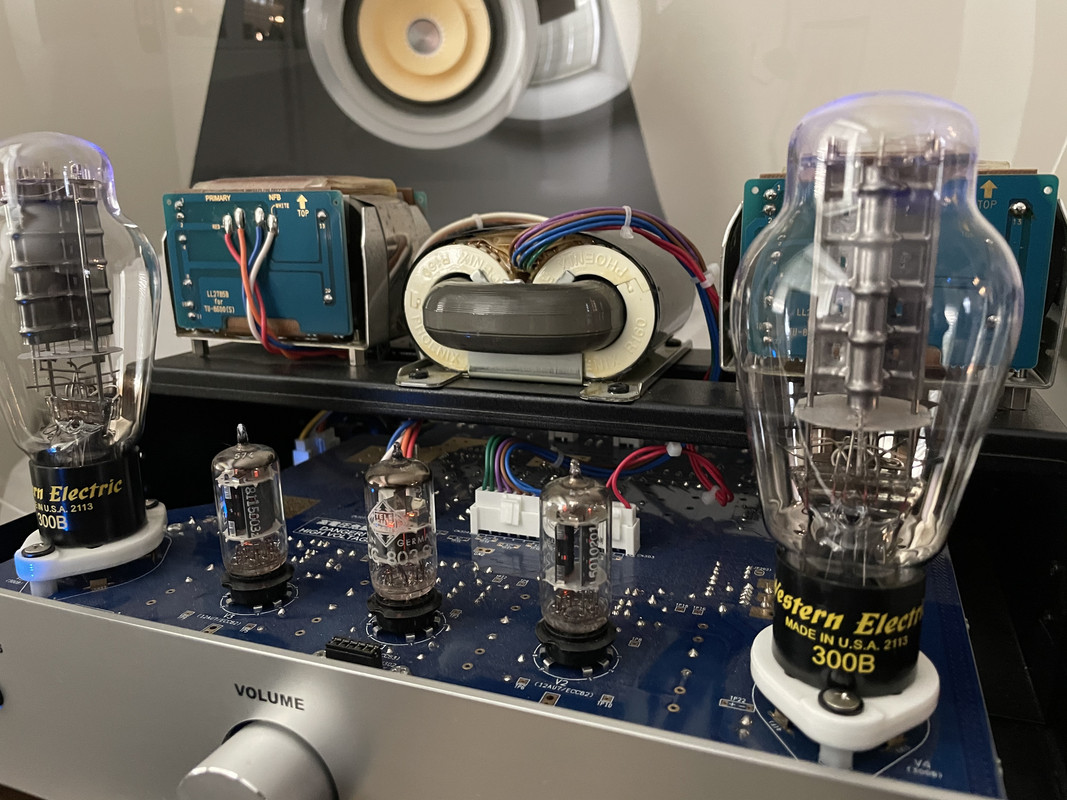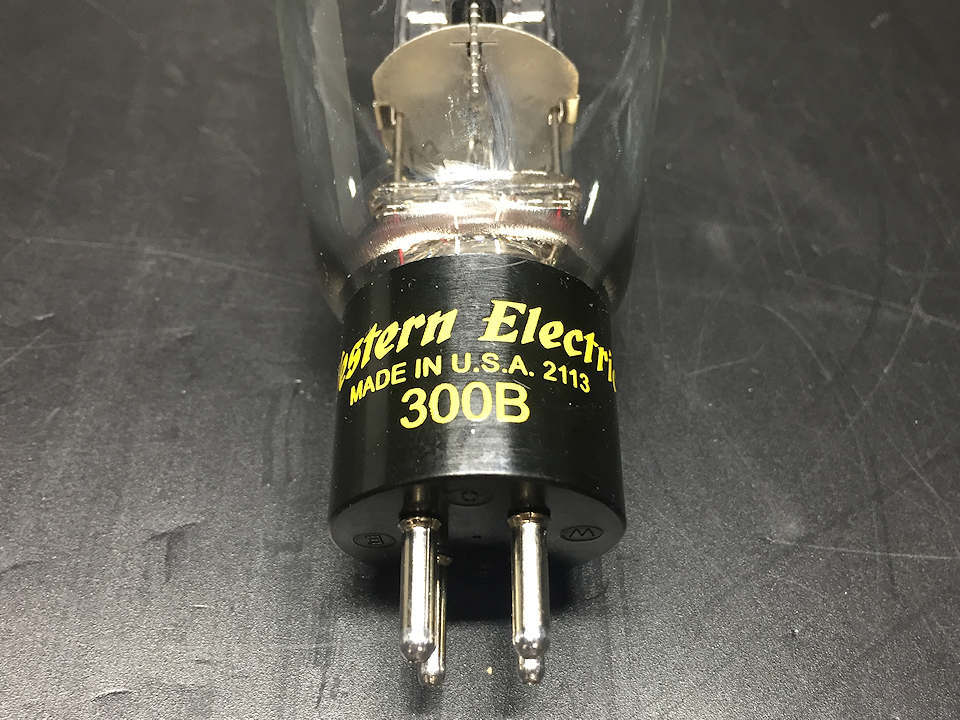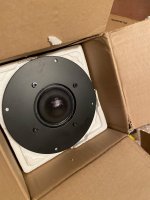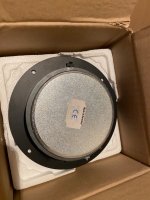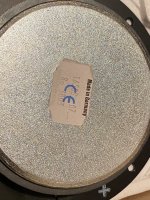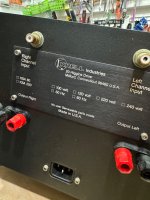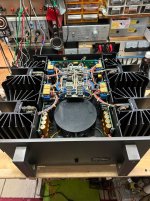GRS PT6816 Improvements
- By milezone
- Planars & Exotics
- 2 Replies
I recently tested a GRS PT-6816 and am very impressed with the performance. From the get go I was reintroduced to what I consider to be the superior sonic presentation of a true dipole compared with conventional drivers. This is further benefited by the minimal and non resonant enclosure of the driver. The GRS seems neutral and fairly well behaved. It exhibits minimal audible distortion playing loud crossed over at 400hz-20khz. I consider it equal in performance to the best 3" full range and mid woofers that I've tested. An advantage I observe in addition to its dipole radiation pattern, and advanced elegant design and construction, is that it is extended like true tweeter, more so than any of the 2"-3" conventional cone drivers that I've tested. Though conversely, unlike said conventional drivers, 400hz is certainly the limit of its lower frequency extension. In addition a point source is a preferable design to a line source in my opinion and thus I wouldn't endeavor to use more than one or two of said drivers per channel in my explorations.
I observe a harshness in the upper mids and highs at louder volumes when compared with the highest performing small cone drivers and or a dedicated tweeter. While the clarity and istrumentation is equal only to electrostatic transducers, there is also a seeming albeit slight lack of dynamism and three dimensionality to the sound that the GRS produces.
I wonder if both aforementioned observations are reduced or resolved through the incorporation of a more elastic membrane and conductor as I intuit that "Polyethylene Naphthalate" is quite rigid, seemingly similar to mylar or kapton tape. In the interest of reducing high frequency resonances of the membrane, increasing low end extension while maintaining treble extension, and increasing effiency, I suspect that the incorporation of a slightly elastic membrane and conductor would set a driver of this design in a class above the rest. What would be such a material for both the membrane and conductor? Even at present, the GRS PT-6816 is my driver of choice for a near midfield two way or three way design.
I observe a harshness in the upper mids and highs at louder volumes when compared with the highest performing small cone drivers and or a dedicated tweeter. While the clarity and istrumentation is equal only to electrostatic transducers, there is also a seeming albeit slight lack of dynamism and three dimensionality to the sound that the GRS produces.
I wonder if both aforementioned observations are reduced or resolved through the incorporation of a more elastic membrane and conductor as I intuit that "Polyethylene Naphthalate" is quite rigid, seemingly similar to mylar or kapton tape. In the interest of reducing high frequency resonances of the membrane, increasing low end extension while maintaining treble extension, and increasing effiency, I suspect that the incorporation of a slightly elastic membrane and conductor would set a driver of this design in a class above the rest. What would be such a material for both the membrane and conductor? Even at present, the GRS PT-6816 is my driver of choice for a near midfield two way or three way design.

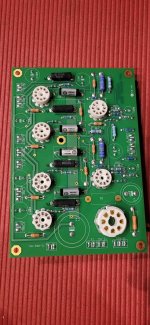
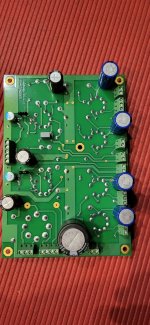
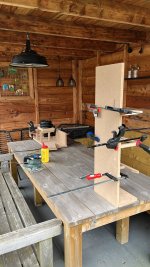
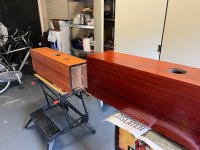
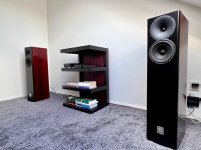
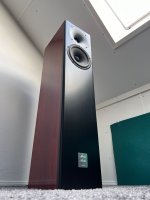
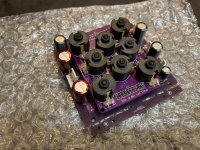
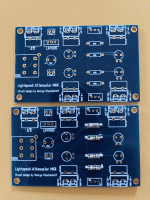
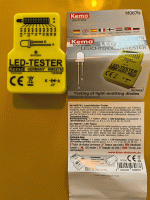
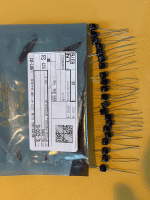
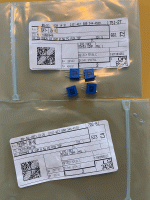
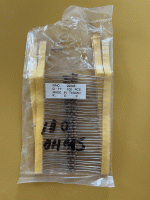
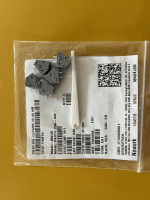
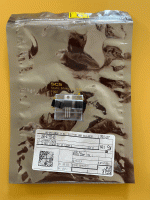
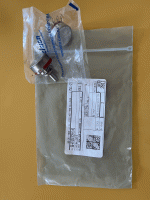
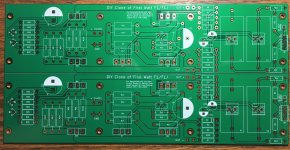
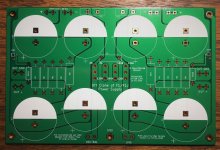
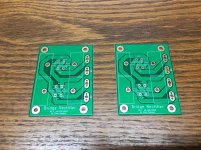

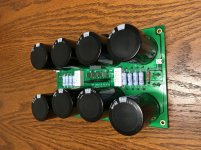
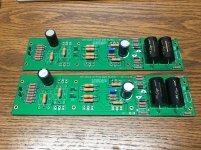
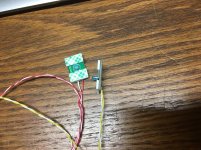
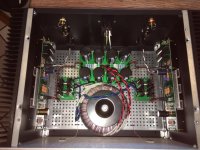

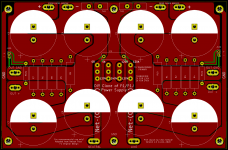
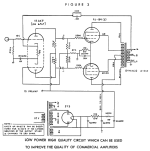
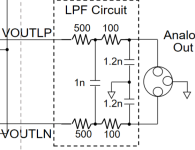


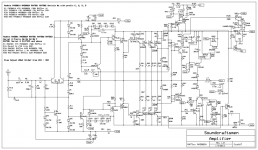
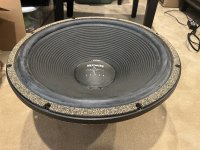
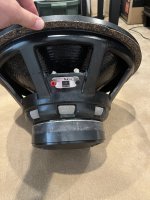
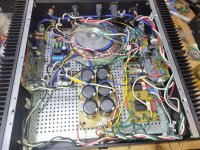
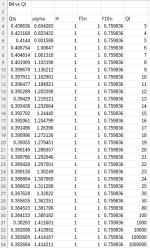
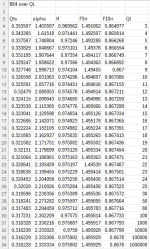

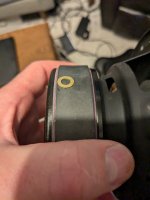
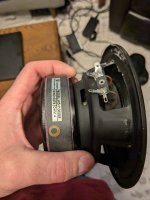
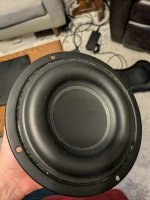

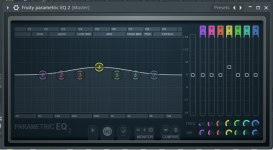
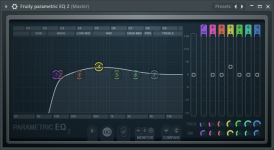
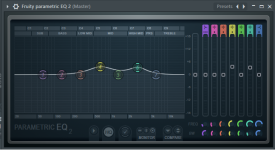
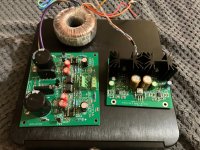
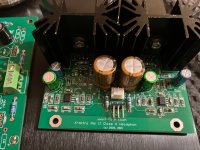
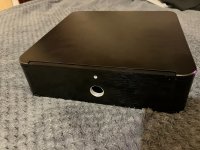
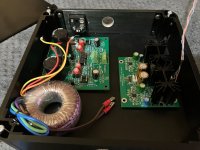
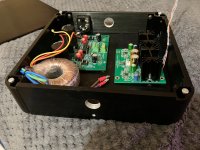
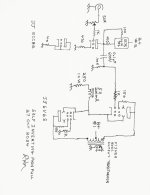
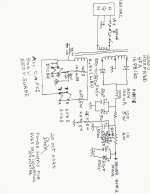
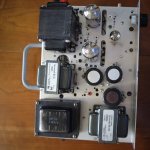

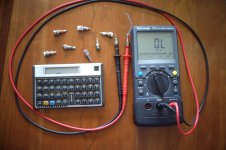
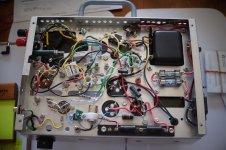

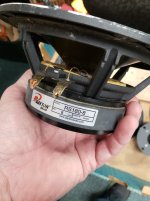

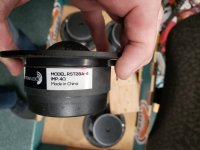
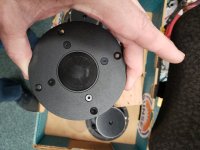
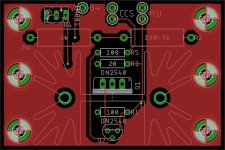

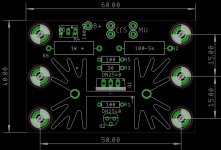
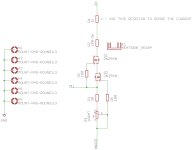
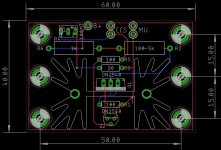
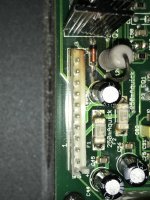
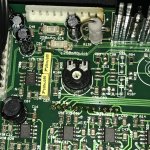
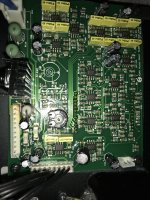
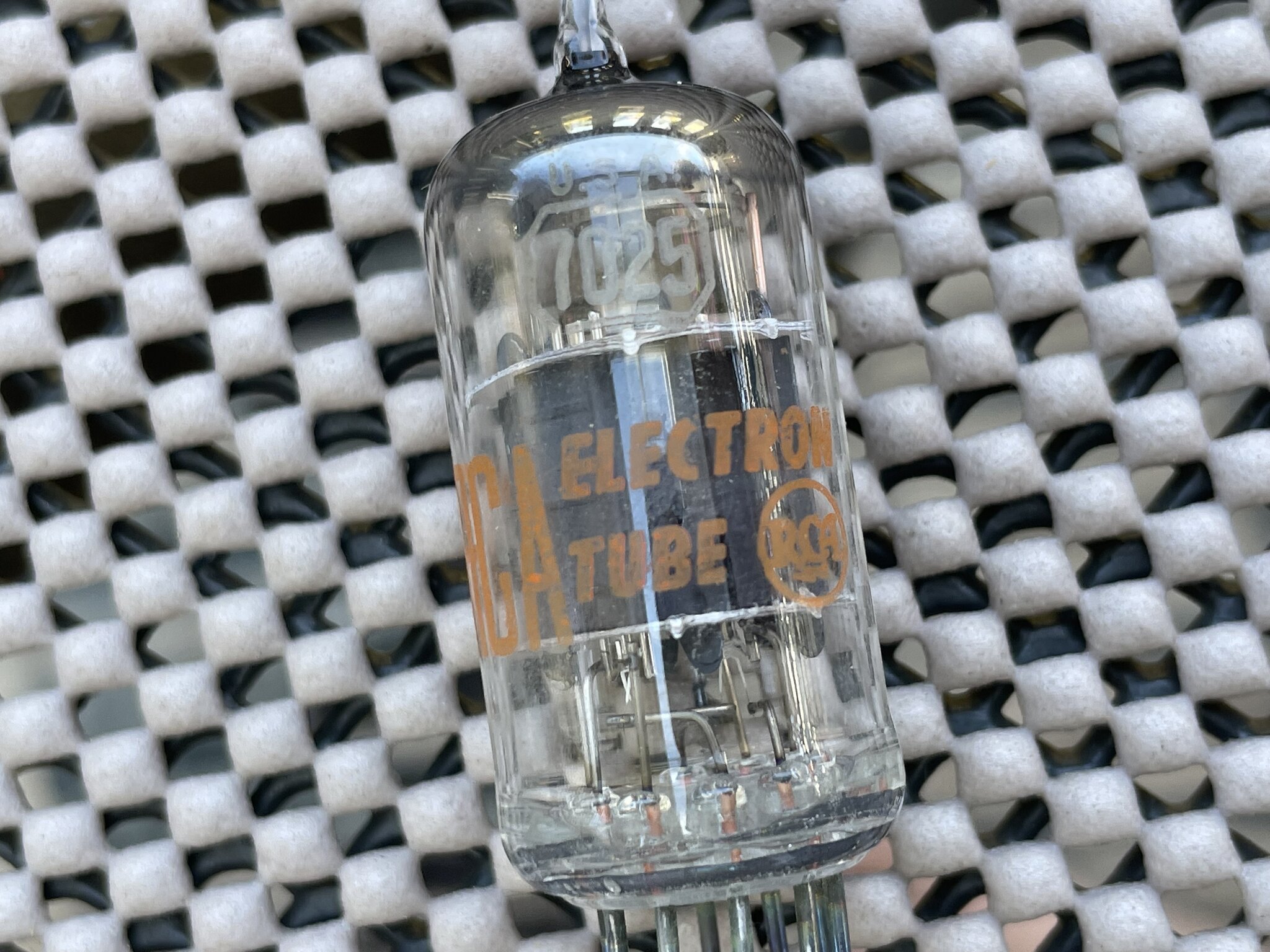 \
\